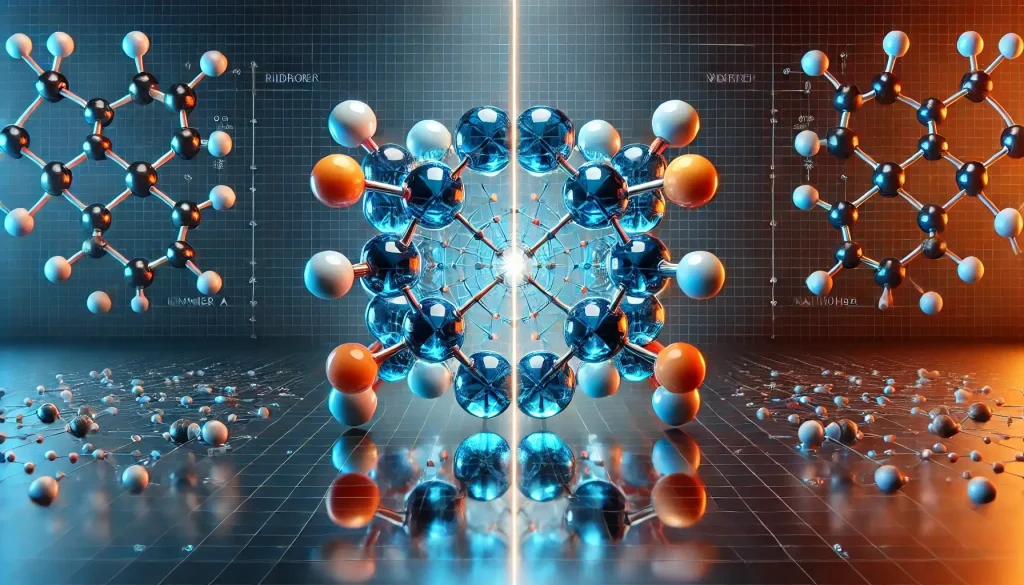Pharmacognosy: Sources, Classification, and Quality Control U-1 Notes
Buy Premium
Get The High-Quality Pdf Notes on App
Introduction to Pharmacognosy
Classification of drug
- Classification of Drugs
- Alphabetical Classification
- Morphological Classification
- Taxonomical Classification
- Chemical Classification
- Pharmacological Classification
- Chemo-Taxonomical Classification
- Sero-Taxonomical Classification
Quality control of Drugs of Natural Origin
- Adulteration of Drugs of Natural Origin
- Organoleptic (Sensory) Evaluation of Drugs
- Microscopic Evaluation of Drugs
- Physical Evaluation of Drugs
- Chemical Evaluation of Drugs
- Biological (Pharmacological) Evaluation of Drugs
- Quantitative Microscopy of Crude Drugs
Other Units of Pharmacognosy and Phytochemistry I
Pharmacognosy and Phytochemistry I
Other Subjects of B Pharmacy 4th Semester
Topic wise notes of:
Medicinal Chemistry I
- Fundamentals of Medicinal Chemistry
- Drugs Acting on the Adrenergic Nervous System
- Cholinergic neurotransmitters
- Drugs acting on Central Nervous System
- CNS Drugs: Anesthetics, Analgesics and Anti-Inflammatories
Topic wise notes of:
Physical Pharmaceutics II
- Colloidal dispersions
- Rheology & Deformation of solids
- Coarse dispersion
- Micromeretics
- Drug stability
Topic wise notes of:
Pharmacology I
- Introduction to Pharmacology & Pharmacokinetics
- Pharmacodynamics & Drug Interaction
- Pharmacology of drugs acting on peripheral nervous system
- Pharmacology of drugs acting on central nervous system-1
- Pharmacology of drugs acting on central nervous system-2
Topic wise notes of:
Pharmaceutical Organic Chemistry III
- Stereo isomerism
- Geometrical isomerism
- Heterocyclic compounds
- Heterocycles: Synthesis, Reactions & Uses
- Reactions of synthetic importance
Introduction to Pharmacognosy – Summary
Unit I provides a foundational understanding of Pharmacognosy, the study of drugs derived from natural sources. To begin with, it introduces the definition, history, scope, and development of pharmacognosy, offering insight into how this branch has evolved and its relevance in modern pharmacy. Furthermore, it highlights the sources of drugs, including plants, animals, marine organisms, and tissue cultures, which contribute significantly to the development of natural remedies.
In addition, the unit explains the concept of organized and unorganized drugs, such as dried latex, juices, extracts, gums, mucilages, oleoresins, and oleo-gum-resins. These categories help in the proper identification and application of natural substances.
Moreover, it covers the classification of drugs based on various systems like alphabetical, morphological, taxonomical, chemical, pharmacological, chemo-taxonomical, and sero-taxonomical, allowing a systematic approach to studying natural drugs.
Transitioning into quality aspects, the unit emphasizes quality control of drugs of natural origin, focusing on adulteration detection and evaluation methods such as organoleptic, microscopic, physical, chemical, and biological techniques.
Lastly, it introduces quantitative microscopy techniques like the lycopodium spore method, leaf constants, and the use of camera lucida to draw microscopic objects to scale, which is vital for standardizing crude drugs.
This unit provides a comprehensive understanding of stereochemistry, vital for advanced studies in medicinal and pharmaceutical chemistry.
At FirstHope, we provide BPharm notes that are topic-wise, easy to understand, and designed strictly as per the AKTU and Other Universities, hence designed according to PCI syllabus.




